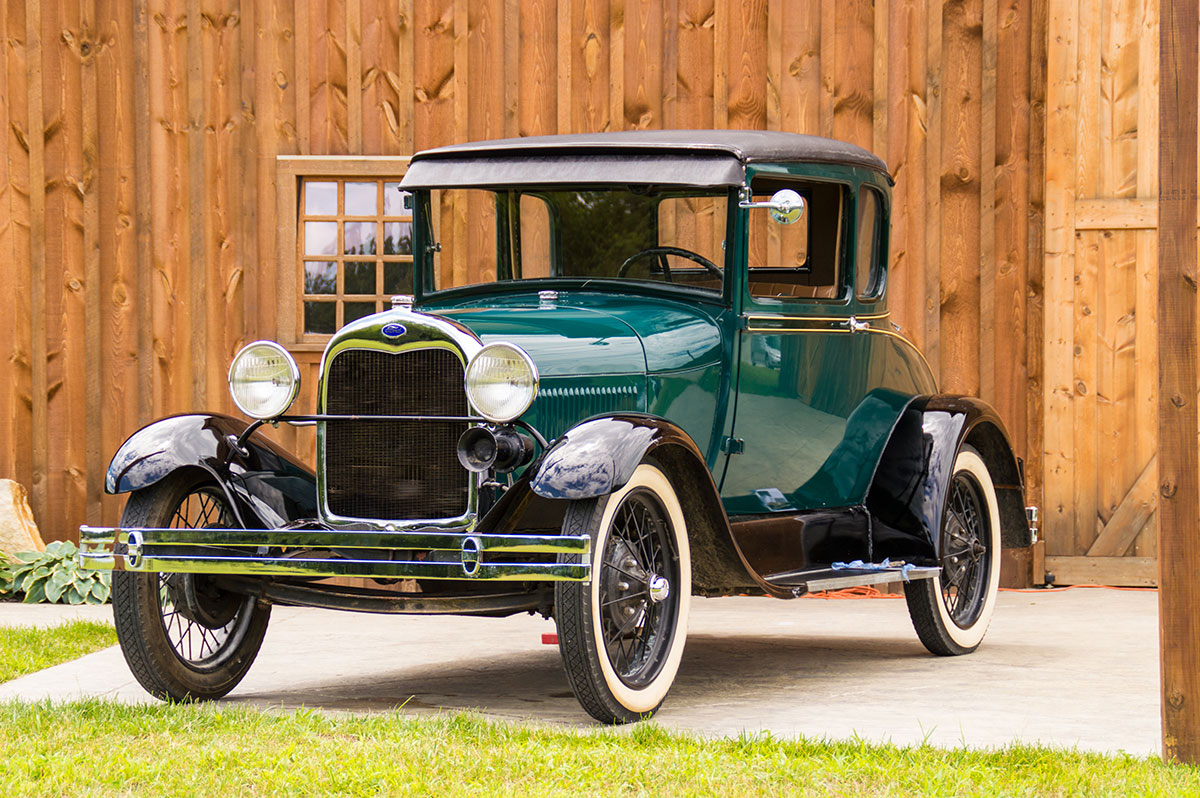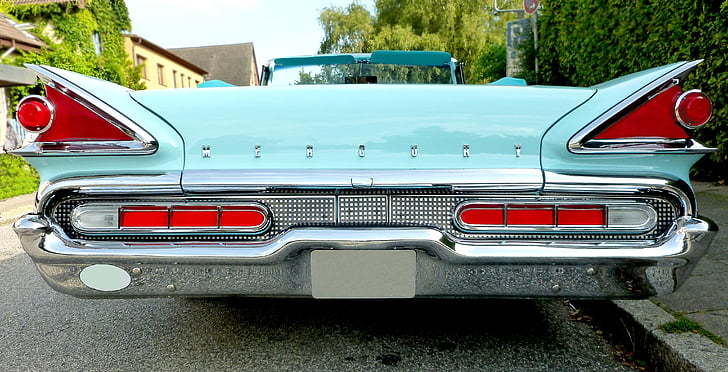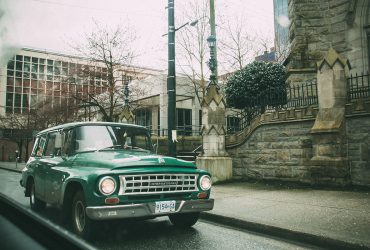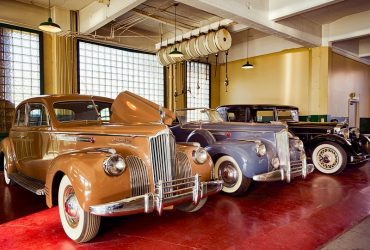
Are you a classic car enthusiast? Do you love working with your hands and have always wanted to restore a vintage engine? You’ve come to the right place. We’ll give you the nitty gritty of engine overhaul in vintage cars, and tips on how to maximize your vehicle’s performance.
Why DIY Engine Overhaul?
Many car owners prefer to keep their vintage cars solely for pleasure. They might take them out for nice long drives, or to classic car shows – but they don’t go any deeper than that. An engine overhaul is an important component of a vintage car’s maintenance, and many engines need to be overhauled every 10,000 to 15,000 miles. An engine overhaul can be expensive, and even impossible if your car is very rare. A DIY overhaul allows you to take care of minor engine repairs in-house and keep your vintage car running for years to come.
Getting Started
Before you can begin your engine overhaul, you’ll need a few key tools and supplies that will help you get the job done. Make sure to stock up on the essentials, including: a socket set, torque wrench, pliers, screwdrivers, engine oil, antifreeze, spark plugs, hoses, and gaskets. In addition, some kits come with a specialized engine overhaul kit, which will help you get the job done faster.
Steps of a DIY Engine Overhaul
1. Disassembly
Start your engine overhaul by draining all the fluids from the engine. Then, disconnect the distributor and remove all the spark plugs. Once the spark plugs are out, you can remove all the other components of the engine, such as the cylinder head, valve covers, oil pan, intake manifold, thermostat, and water pump. Make sure to keep all the parts organized so you can easily identify them later.
2. Cleaning and Inspection
Once all the components are removed, you can start cleaning and inspecting all the pieces. Make sure to look for any cracks, leaks, or other damage. Pay special attention to the cylinder head, valves, and pistons, as they may need to be replaced if there is significant damage.
3. Reassembling the Engine
Reassembling the engine is the most daunting part of the engine overhaul. Replace any worn gaskets and seals, and reinstall all the components in the reverse order that you removed them. Make sure all connectors, bearings, and hoses are properly set before turning the engine over. Then, refill the engine with new oil, antifreeze, and coolant, and reconnect the distributor.
Final Tips
Once your engine is fully assembled, you’re ready to start it up! But, before you do, make sure to check all the connections and seals for any leaks. Additionally, be sure to periodically check for any new oil leaks and replace any worn components. With these tips in mind, you should have no trouble getting your vintage car up and running, and back on the road!













